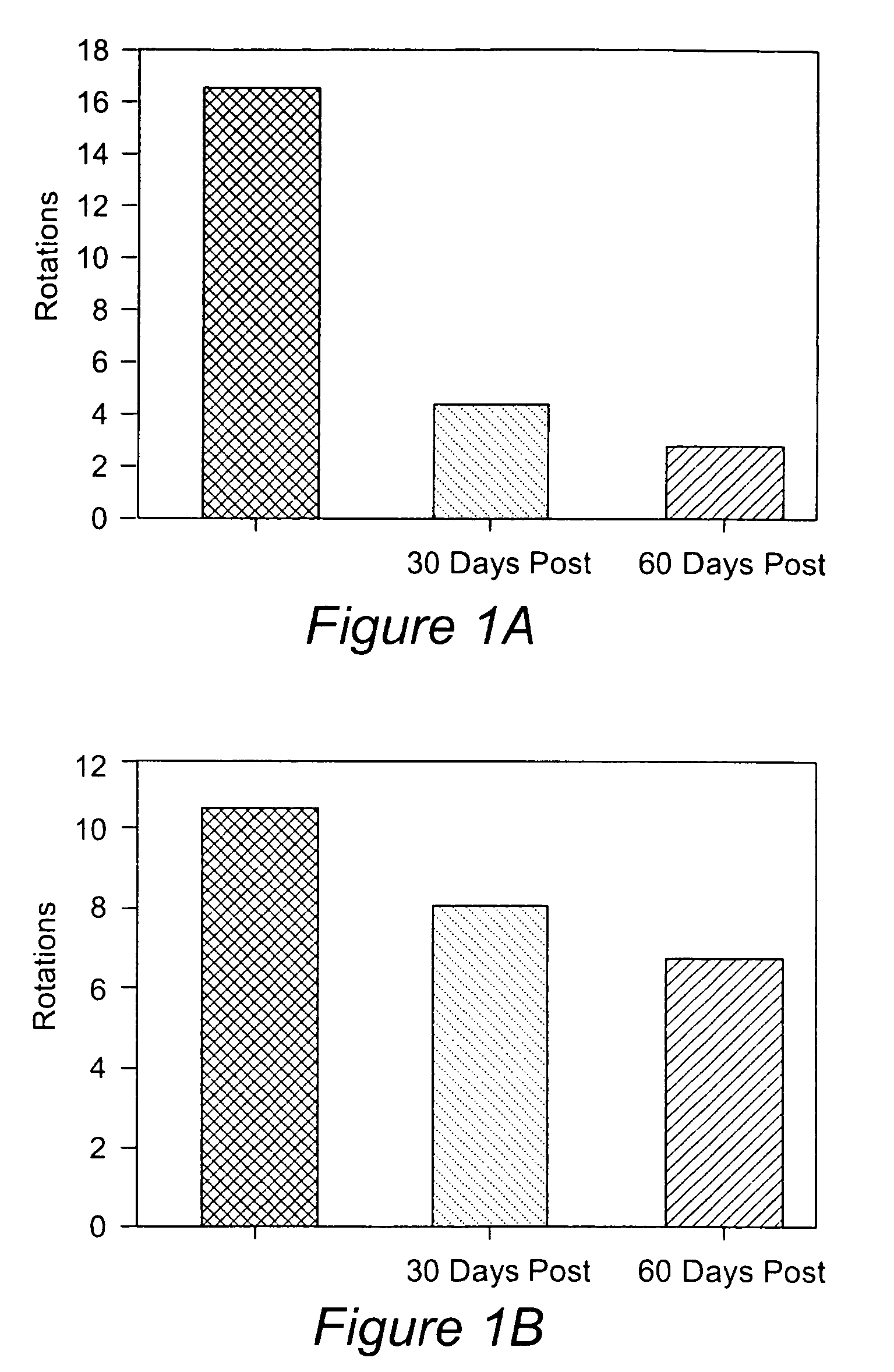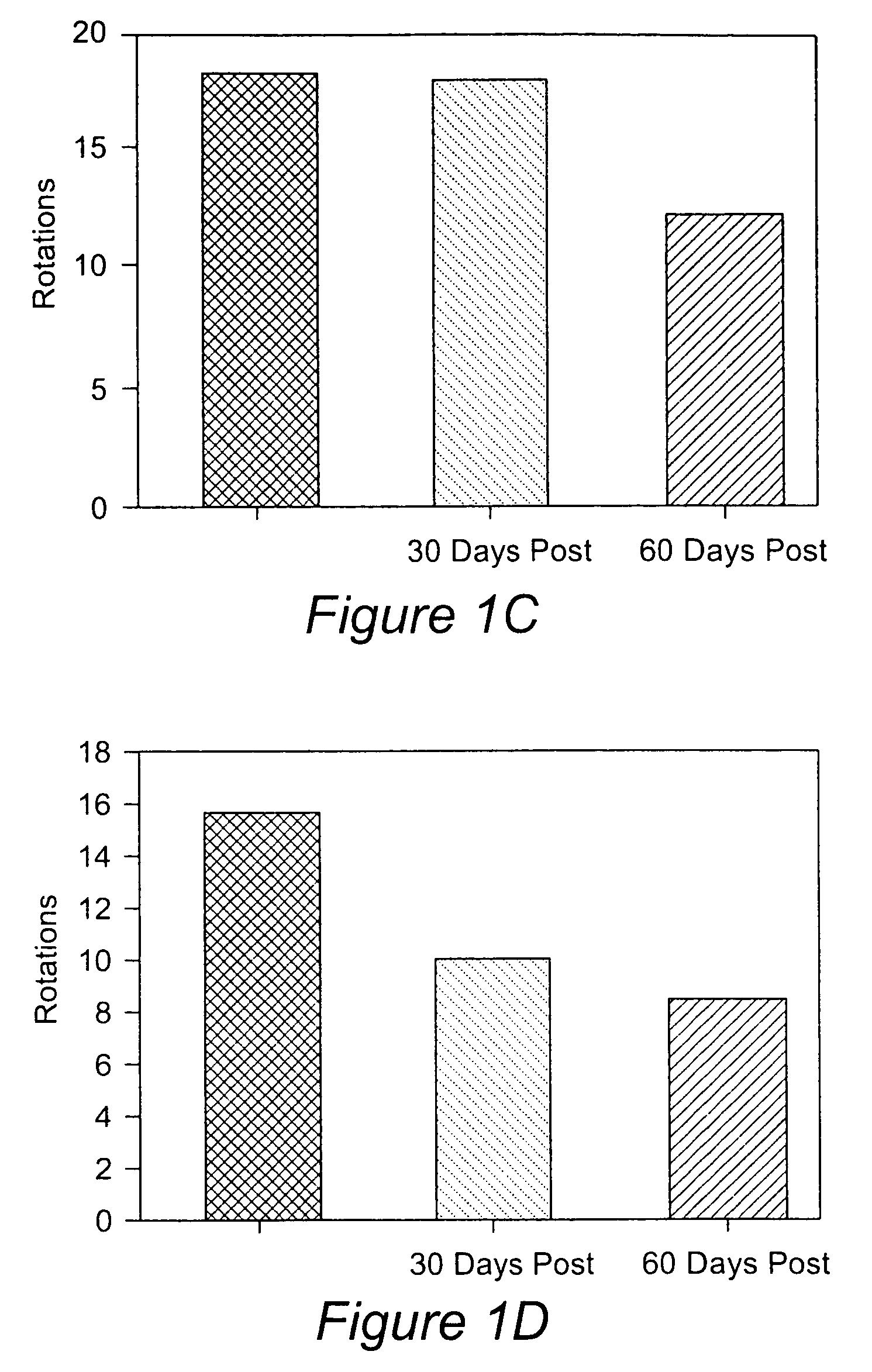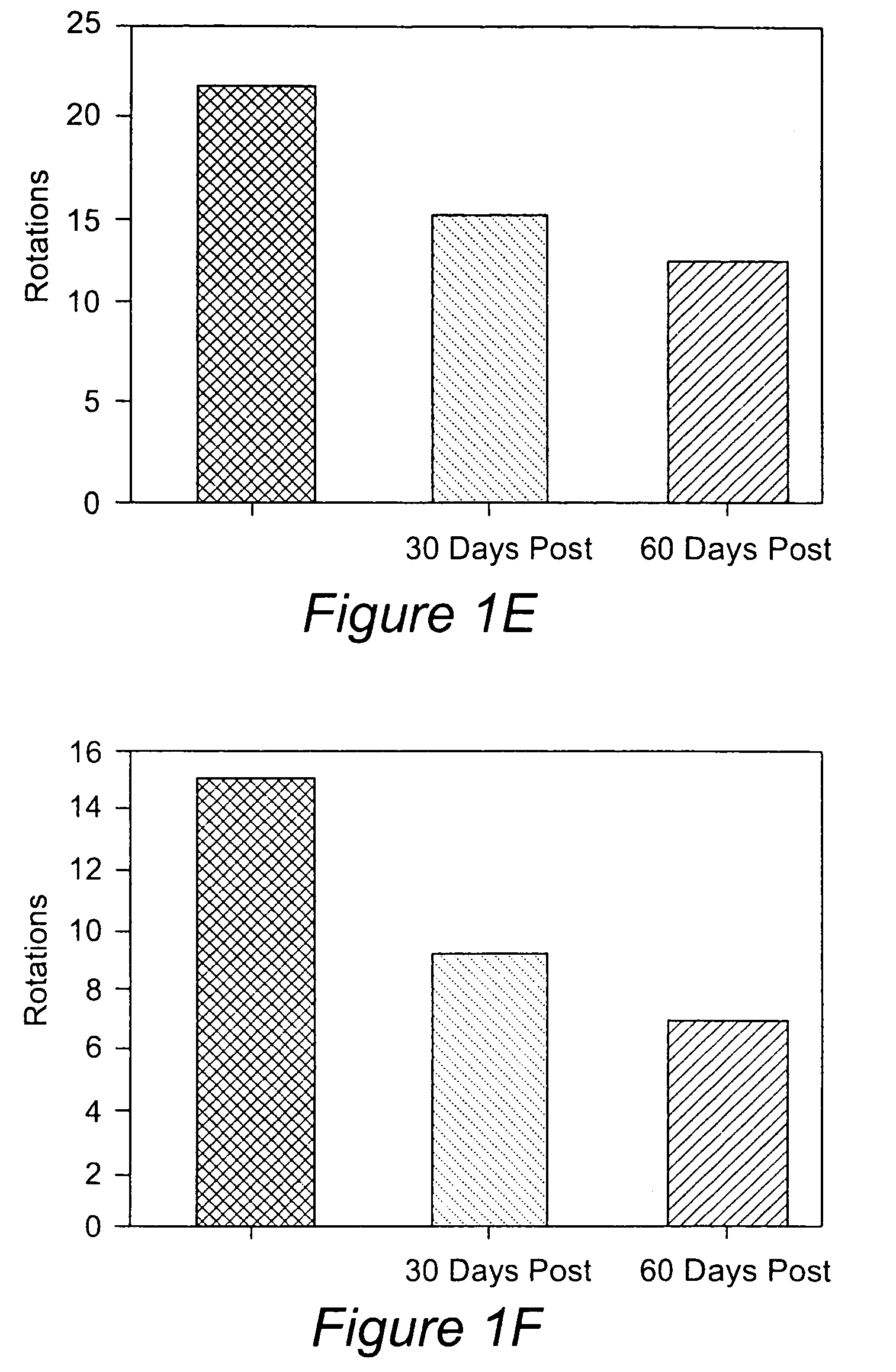Differentiation of specialized dermal and epidermal cells into neuronal cells
a technology of neuronal cells and epidermis, applied in the field of cell biology, can solve the problems of limited sources of cell types that can be used, and inability to differentiate cells readily available,
- Summary
- Abstract
- Description
- Claims
- Application Information
AI Technical Summary
Benefits of technology
Problems solved by technology
Method used
Image
Examples
example one
[0070]This example relates to a method for obtaining single cell suspensions from human tissue from biopsy tissue. Single cell suspensions are obtained from the skin and or nevus by conventional punch or other surgical means. Single cell suspensions can be prepared from biopsy either by chemical or mechanical dissociation techniques which are standard techniques known in the field. Single cell suspensions were prepared using the DAKO Medimachine™ and accessories (Carpinteria, Calif.). For each tissue sample, the tissues were placed on a pre-wetted medicon (paper) filter and inserted into the Medimachine™ to mechanically disaggregate the tissue samples for 30 seconds to 1 min. Following the collection of dissociated cells, the medicon filter was washed with 1 ml ice-cold PBS and run through the Medimachine™ once again. Following the second collection, the cells were combined and pipetted (ten times) using a glass pipette and then filtered twice over a filcon filter (30 micrometer, DA...
example two
[0072]This prophetic example shows the potential use of cells for the stable transfection of the tyrosine hydroxylase gene and the dopa decarboxylase gene under an inducible promoter. The tyrosine hydroxylase gene and other genes that would act as co-factors for the synthesis of dopamine would be cloned into inducible systems. The inducible systems could include, but are not limited to the tetracycline inducible system, or an irradiation inducible system. The inducible systems can be genetically engineered to be activated with the addition of drug, stimulus or removal of drug or stimulus. The tyrosine hydroxylase gene and other genes which could act as co-factors for the synthesis of dopamine would be inserted into the collected cells. According to procedures understood in the art, the cells would be rendered into a tetracycline inducible system, an irradiation inducible system or other inducible system.
example three
[0073]This prophetic example anticipates the use of cells for the inhibition of the tyrosinase gene and protein product by either genetic engineering of an antisense DNA construct or the use of chemical inhibition or growth factor inhibition.
PUM
| Property | Measurement | Unit |
|---|---|---|
| surface concentration | aaaaa | aaaaa |
| surface area | aaaaa | aaaaa |
| mass | aaaaa | aaaaa |
Abstract
Description
Claims
Application Information
 Login to View More
Login to View More - R&D
- Intellectual Property
- Life Sciences
- Materials
- Tech Scout
- Unparalleled Data Quality
- Higher Quality Content
- 60% Fewer Hallucinations
Browse by: Latest US Patents, China's latest patents, Technical Efficacy Thesaurus, Application Domain, Technology Topic, Popular Technical Reports.
© 2025 PatSnap. All rights reserved.Legal|Privacy policy|Modern Slavery Act Transparency Statement|Sitemap|About US| Contact US: help@patsnap.com



